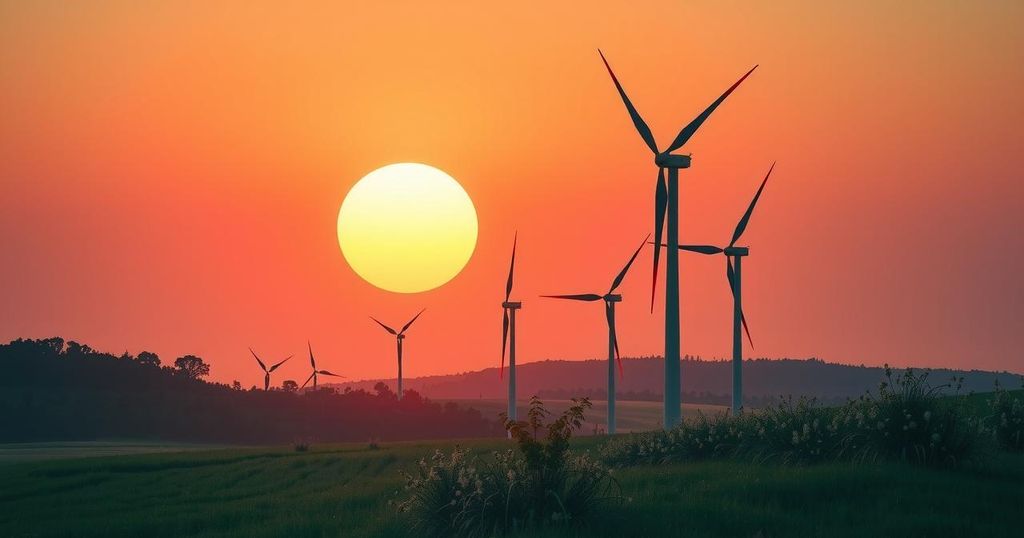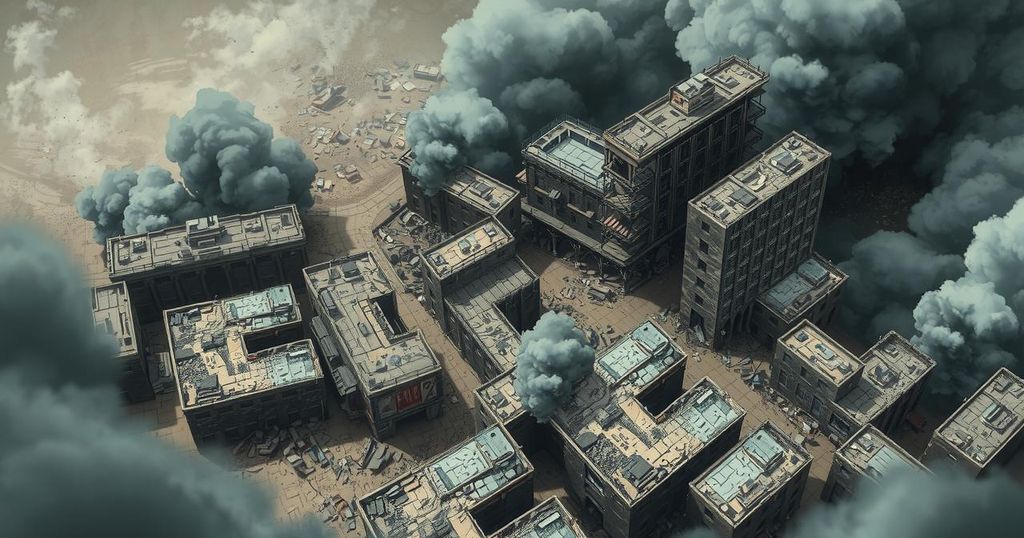Trump and Modi Strengthen U.S.-India Energy Partnership Amid Trade Talks
U.S. President Donald Trump announced an energy deal with Indian Prime Minister Narendra Modi to increase oil and gas imports from the U.S., addressing trade deficits. Both leaders reaffirmed their commitment to improved ties, discussing tariffs, military sales, and immigration. The negotiations include significant tariff disparities and aim to foster economic collaboration in various sectors.
United States President Donald Trump has formalized an energy agreement with Indian Prime Minister Narendra Modi, allowing India to import increased volumes of American oil and gas. This initiative aims to alleviate the trade deficit between the two nations. During a joint press conference, Trump stated, “They’re going to be purchasing a lot of our oil and gas. They need it. And we have it.” Prime Minister Modi emphasized the importance of energy security for India, committing to focus on oil, gas, and further investment in nuclear energy.
Modi’s visit to the U.S. coincides with Trump’s directive for reciprocal tariffs aimed at U.S. trading partners, intending to impose matching taxes on imports. Despite previous tensions over trading practices, Trump expressed admiration for his relationship with Modi, stating, “We’ve had a wonderful relationship.” Additionally, Trump announced an imminent increase in military sales to India, including the potential transfer of F-35 fighter jets.
The discussions also centered around immigration, with Trump reportedly planning to encourage India to accept thousands of undocumented immigrants from the United States. Furthermore, Modi mentioned topics such as technology and space during his meeting with Elon Musk, a close ally of Trump, underscoring a collaborative approach.
Trump’s recent actions signal broader economic strategies, as he has indicated his administration will calculate new tariffs against a variety of countries, which may be implemented by April 1. Trump remarked that the trade laws have historically favored other nations over the United States, adding, “Our allies are worse than our enemies” in the context of import tariffs.
The White House issued a statement highlighting stark contrasts in tariff levels, noting that while the average U.S. tariff on agricultural goods stands at 5%, India imposes an average tariff of 39%. This disparity was illustrated by reference to India’s 100% tariff on U.S. motorcycles in comparison to the minimal tariff the U.S. charges on Indian motorcycles.
In the Oval Office, President Trump acknowledged criticisms regarding the potential inflationary effects of tariffs but asserted that the ultimate results would invigorate American manufacturing. He projected that, although “prices could go up somewhat, short term,” they would stabilize as job creation flourishes. Trump has already instituted a 10% tariff on imports from China, further extending the discussion on tariffs against U.S. neighbors Canada and Mexico.
In summary, President Trump’s announcement of an energy deal with India highlights the strengthening of U.S.-India relations amidst ongoing discussions about trade tariffs and military cooperation. Both leaders are committed to enhancing economic ties and ensuring energy security for India, while addressing contentious trade practices between the nations. The strategic dialogue points towards future collaboration in various sectors, including nuclear energy and defense.
Original Source: www.bbc.com








Post Comment